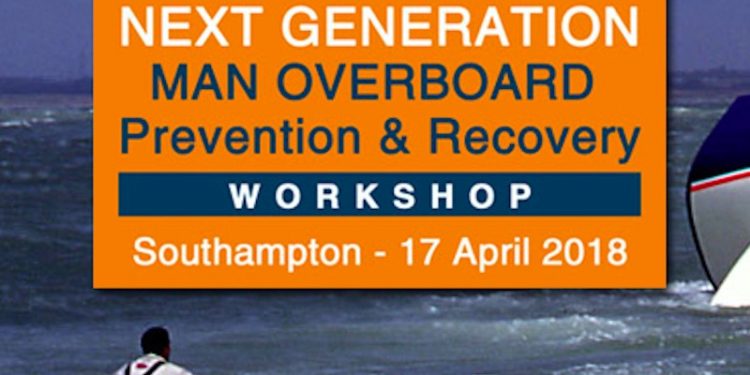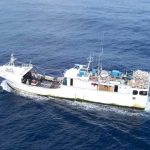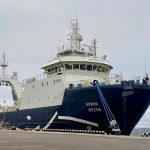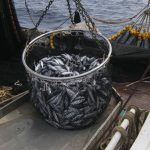Man Overboard Prevention & Recovery Workshop aims to reduce the risk caused by people falling in the water on fishing vessels of all sizes. Fast moving sessions highlight the hard lessons learned from recent fatalities. Viable solutions are simple and effective. All sectors are invited to participate in this unique one day event that is being held at the Grand Harbour, Southampton UK on 17 April 2018.
‘We focus on current issues, plus emerging areas of concern that operators may need to face tomorrow. In a changing world the use of technology is increasing for many organisations, but safety remains high on the agenda for professional fishermen,’ explained Workshop organiser John Haynes.
‘Preventing and dealing with man overboard situations is relevant to all people going on, or working near to water.’
Using the latest knowledge from around the world this group will identify the effectiveness of traditional man overboard (MOB) methods versus innovative systems. For professional organisations the unique knowledge gained from presentations and networking sessions will help to shape long term decisions that lead to improvements for current operations, along with procurement of next generation boats and equipment.
Workshop topics cover MOB prevention, including improved operating procedures and use of ‘fit for purpose’ personal protective equipment (PPE). Primary reactions highlight effective responses to MOB situations including fast location of casualty. Solutions range from simple and effective crew lookout to complex electronic devices.
MOB communication starts with recovering to the person in the water rapidly then expands to engaging shore side emergency services, air sea rescue and other vessels. Managing the casualty examines lifting onboard considering injuries, immediate treatment and the survival timeline. After effects of an MOB Incident range from personal care for the survivor and their family to legal issues for the employer.
Attendees include commercial and professional end-user organisations, along with operators, builders, equipment manufacturers, naval architects, safety integrators, training organisations and legislators.
‘We have shaped this agenda by asking a dynamic industry group to share their confidential concerns about personal safety in the maritime workplace,’ John Haynes added.
‘This open approach generates burning questions with plenty of constructive discussions. Man overboard and death by drowning or exposure is still the prime risk for anyone that goes to sea. We simply aim to reduce that risk.’









